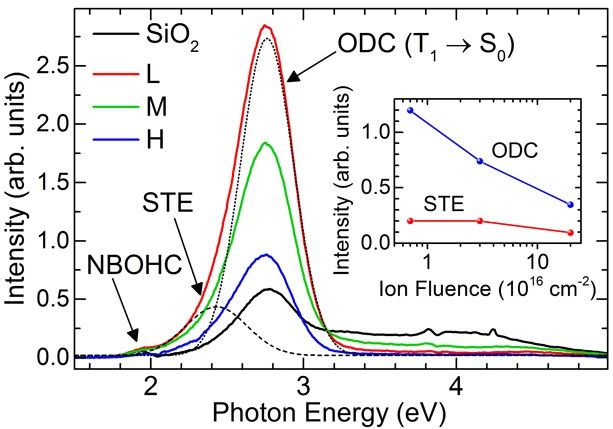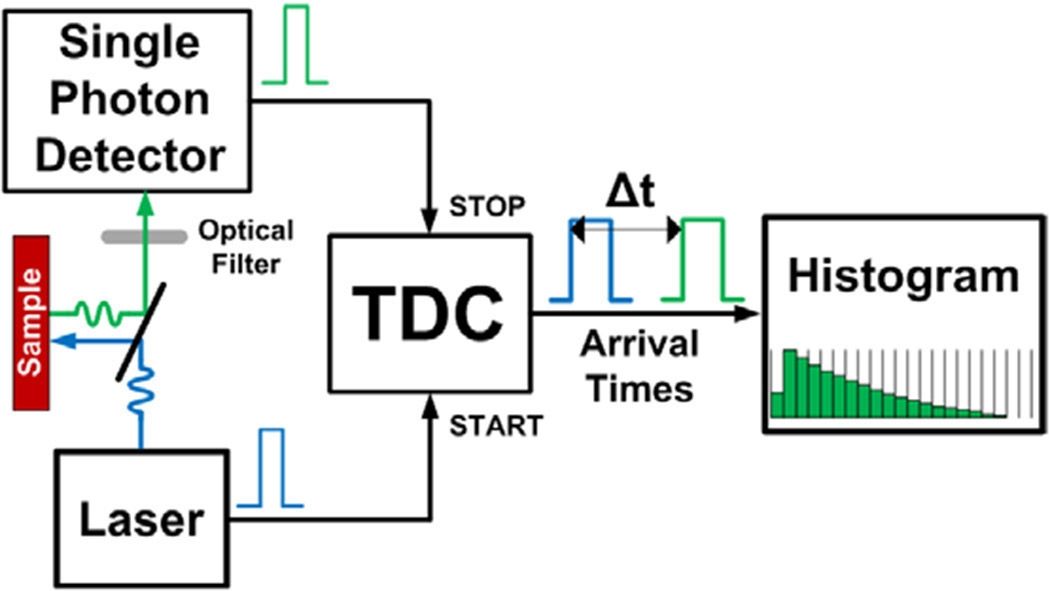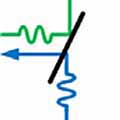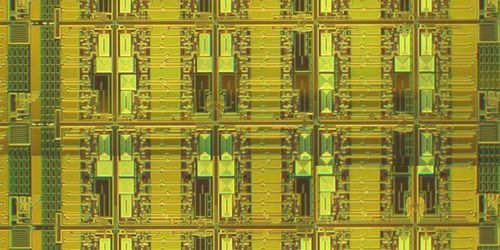Jul 17, 2016
Primitive Quantum Computers Are Already Outperforming Current Machines
Posted by Andreas Matt in categories: computing, information science, particle physics, quantum physics
https://youtube.com/watch?v=jg8iCnQTLfM
A team has used simple quantum processors to run “quantum walk” algorithms, showing that even primitive quantum computers can outperform the classical variety in certain scenarios—and suggesting that the age of quantum computing may be closer than we imagined.
By now, most readers of Futurism are probably pretty well acquainted with the concept (and fantastic promise) of quantum computing.
Continue reading “Primitive Quantum Computers Are Already Outperforming Current Machines” »

















